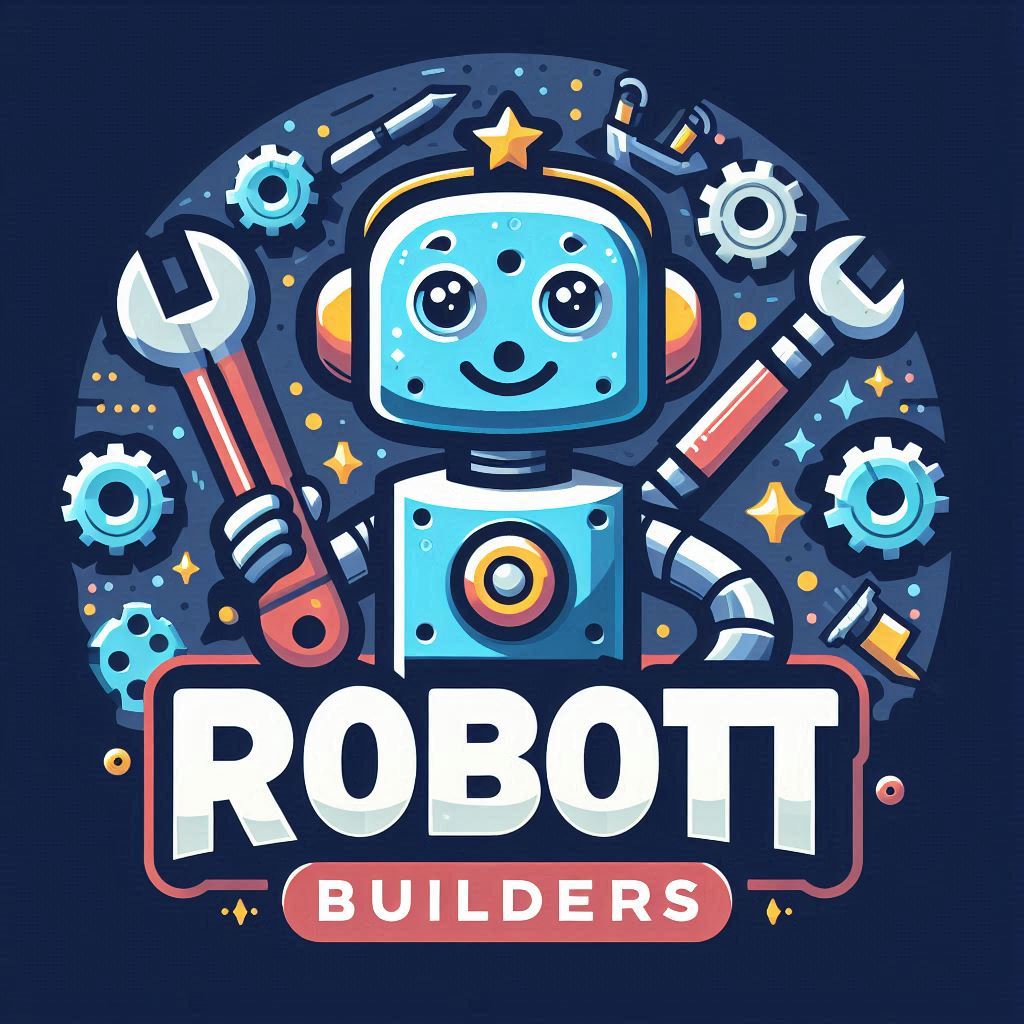Introduction
Artificial Intelligence (AI) is revolutionizing education by enabling personalized learning experiences tailored to individual students. AI-powered learning tools analyze user behavior, adapt instructional content, and optimize engagement strategies based on students’ strengths, weaknesses, and learning preferences.
This tutorial explores how to develop AI tools for personalized learning, ensuring SEO optimization and Google-friendly formatting for better visibility and user adoption.

Step 1: Understanding AI-Powered Personalized Learning
Personalized learning refers to customizing educational experiences based on students’ unique needs and progress. AI plays a crucial role by:
- Assessing Learning Styles – AI detects student preferences (visual, auditory, interactive).
- Adaptive Content Delivery – AI adjusts lessons and exercises based on performance.
- Automated Feedback & Insights – AI provides real-time evaluation and improvement tips.
- Gamification & Engagement Optimization – AI enhances motivation through interactive elements.
- Smart Tutoring Systems – AI mimics human tutors by offering personalized guidance.
AI-powered learning improves retention, engagement, and efficiency in education.
Step 2: Choosing the Right AI Technologies for Personalized Learning
Selecting AI frameworks and educational platforms ensures effective deployment of personalized learning tools.
Programming Languages & AI Frameworks
- Python – Best for machine learning and educational AI applications.
- JavaScript (Node.js) – Useful for web-based personalized learning tools.
- TensorFlow & PyTorch – Ideal for AI-powered adaptive learning algorithms.
AI-Based Learning Management Systems (LMS)
- Google Classroom AI Enhancements – AI-powered learning analytics.
- Moodle with AI Plugins – Customizable open-source learning platform.
- Smart Sparrow – AI-driven adaptive learning experiences.
Using the right AI stack ensures a scalable, interactive, and efficient personalized learning solution.
Step 3: Collecting & Processing Learning Data for AI Models
AI models rely on structured educational data to create adaptive learning experiences.
Data Sources for AI-Powered Learning
- Student Progress Reports – AI evaluates past learning patterns.
- Educational Video & E-Learning Courses – AI tracks engagement and comprehension levels.
- Interactive Quizzes & Assessments – AI adapts based on test results.
- Classroom & Online Learning Activity Logs – AI detects behavioral trends for better customization.
Preprocessing Educational Data for AI Models
- Data Standardization & Cleaning – Ensures accurate learning assessments.
- Pattern Recognition for Learning Styles – AI analyzes trends in student engagement.
- Error Correction & Adaptive Difficulty Models – AI fine-tunes lesson complexity based on student needs.
Proper educational data structuring enhances AI-driven content customization.
Step 4: Training AI Models for Adaptive Learning
Once processed, AI models must be trained to personalize learning experiences dynamically.
Optimizing AI Training for Personalized Education
- Natural Language Processing (NLP) for AI Tutors – AI enhances interactive conversations.
- Machine Learning for Adaptive Lesson Plans – AI adjusts content difficulty levels.
- Gamification-Based Learning Models – AI improves motivation through progress-based rewards.
- Real-Time AI-Powered Performance Analysis – AI continuously refines course difficulty.
Well-trained AI models offer high-quality adaptive learning environments for students.
Step 5: Deploying AI-Powered Personalized Learning Tools
Once trained, AI-powered learning solutions must be integrated into digital platforms for interactive student engagement.
Deployment Strategies
- Cloud-Based AI Learning Management Systems – Ensures seamless access across devices.
- AI Chatbot Tutors for Real-Time Learning Assistance – Enhances student engagement.
- API Integration for Online Courses & LMS Platforms – AI connects with e-learning tools for adaptive teaching.
- Data Privacy & Security Enhancements – AI maintains compliance with student data protection laws.
Deployment ensures AI-driven personalized learning remains accessible and effective.
Step 6: SEO Optimization for AI Learning Tools
To increase adoption, AI-powered education tools must follow SEO-friendly strategies.
SEO Techniques for AI-Powered Learning Platforms
- Keyword Optimization – Use search-friendly terms like “AI personalized learning,” “adaptive education tools,” and “AI-powered tutoring system.”
- Mobile Optimization & Responsive Web Design – Ensure AI learning tools function seamlessly on all devices.
- Educational Blog Content & Use Cases – Publish tutorials, student success stories, and AI learning research articles.
- Authority Backlinking & Educational Collaborations – Improve credibility by partnering with academic institutions and edtech websites.
- Technical SEO & Site Performance Enhancements – Optimize page load speed and accessibility for search engine indexing.
SEO-driven AI learning tools gain higher visibility among educators, students, and online learning communities.
Step 7: Monitoring AI Performance & Refining Adaptive Learning Models
AI-powered learning tools must evolve based on student interactions and educational trends.
Tracking AI Efficiency & Learning Impact
- Personalization Accuracy Metrics – AI evaluates how well lessons adjust to student needs.
- Student Engagement & Completion Rates – AI detects learning bottlenecks for optimization.
- Real-Time Content Adaptation – AI adjusts courses dynamically based on student progress.
- Security & Compliance Enhancements – AI ensures ethical use and student data privacy.
Regular AI updates improve adaptive learning precision and student success rates.
Final Thoughts
AI-powered personalized learning tools enhance education through adaptive lesson plans, AI tutoring, and intelligent content recommendations. By implementing machine learning, NLP, and student engagement analytics, educators and developers create smarter, more effective e-learning platforms.
